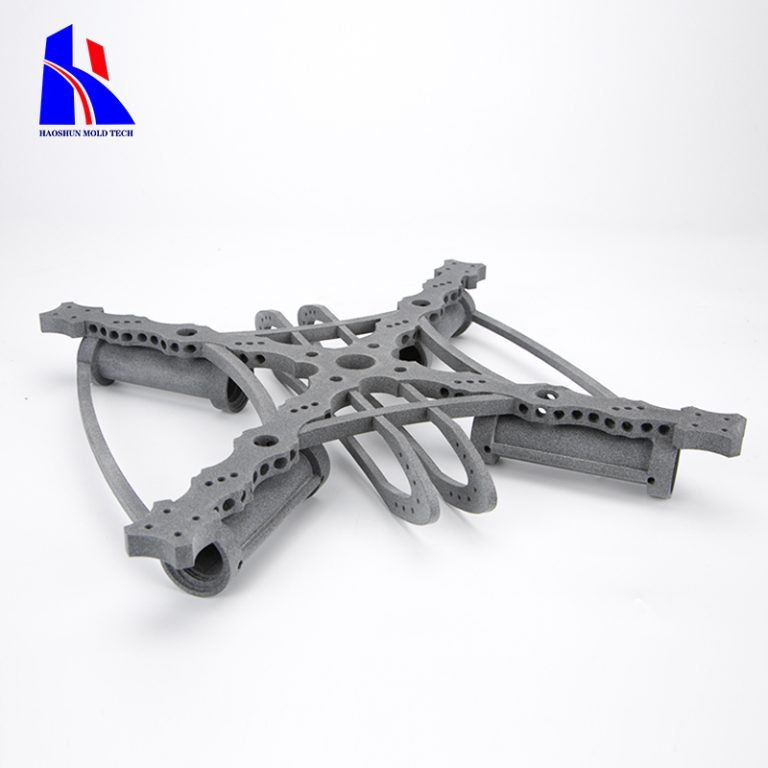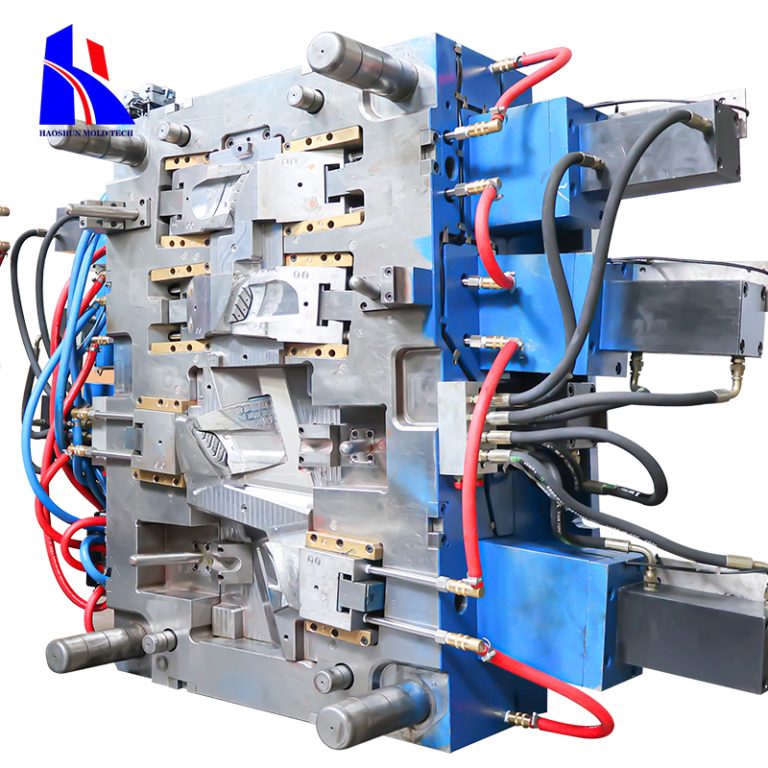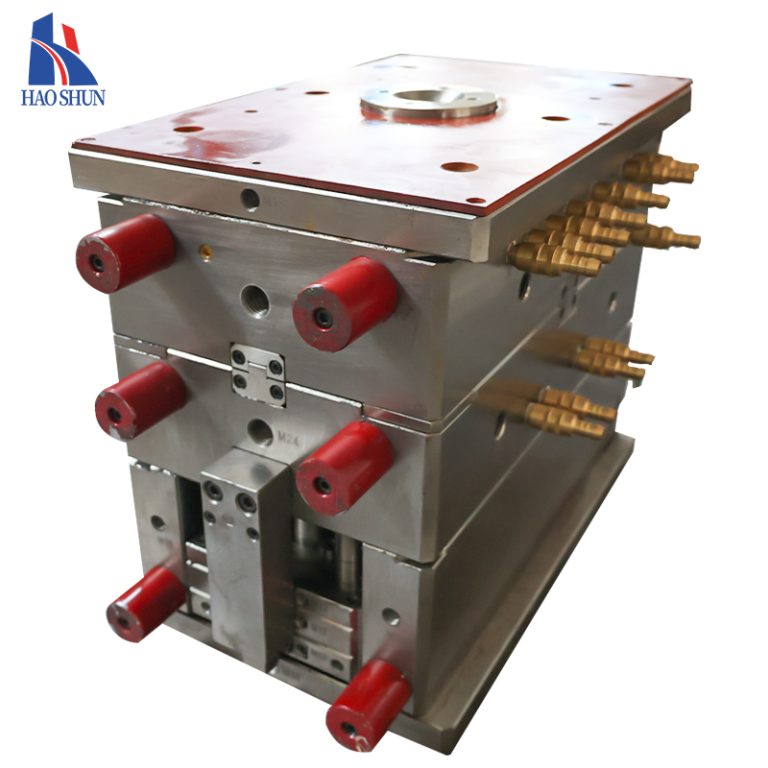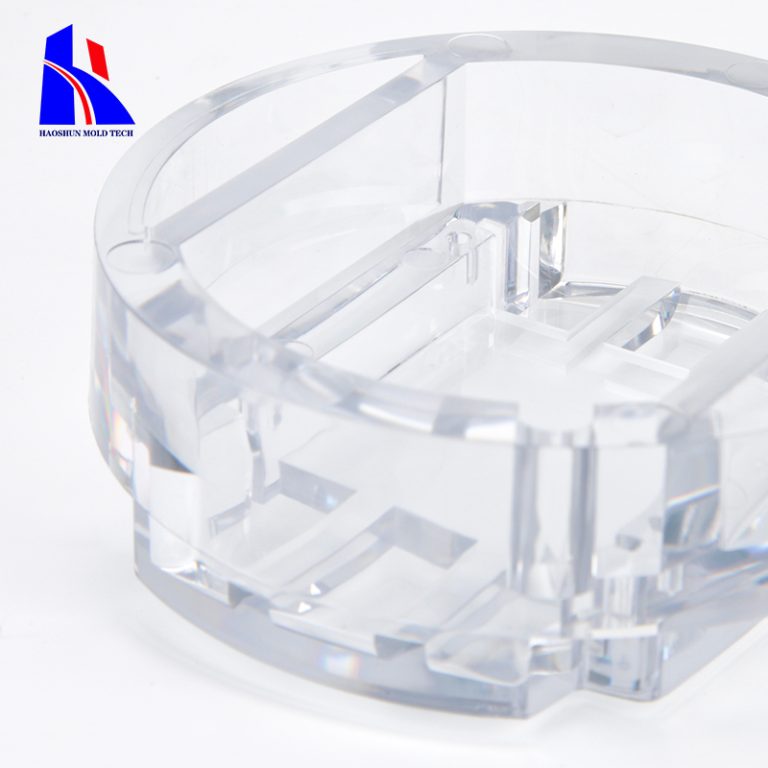aluminum prototype
The Benefits of Using Aluminum for Prototyping: Exploring the Advantages of This Popular Material
Aluminum is one of the most popular materials used for prototyping, and for good reason. It’s lightweight, durable, and easy to work with, making it an ideal choice for a variety of projects. But what are the benefits of using aluminum for prototyping? Let’s explore the advantages of this versatile material.
| Production Process | 3D Drawing-3D Max-File Conversion-Slice-Printing-Post Processing-Quality Inspection-Packaging-Shipment |
| Price Comparison | Plastic: FDM<SLA<SLS (PA12<PA12+GF)<MJF<DLP (Blue wax<Red wax) Metal: SLM (Stainless steel<Aluminum alloy<Titanium alloy) |
First and foremost, aluminum is incredibly lightweight. This makes it ideal for prototyping projects that require portability or need to be moved around frequently. It’s also strong and durable, so it can withstand wear and tear without breaking down. This makes it a great choice for projects that require a lot of use or need to be tested in different environments.
Aluminum is also easy to work with. It can be cut, drilled, and machined with relative ease, making it a great choice for projects that require intricate details or complex shapes. It’s also relatively inexpensive, so it’s a great option for those on a budget.

Finally, aluminum is corrosion-resistant, so it won’t rust or corrode over time. This makes it a great choice for projects that will be exposed to the elements or need to last for a long time.
As you can see, there are many benefits to using aluminum for prototyping. It’s lightweight, durable, easy to work with, and corrosion-resistant, making it an ideal choice for a variety of projects. So if you’re looking for a material that can help you bring your ideas to life, consider aluminum for your next prototyping project.







